| Size | |
|---|---|
| Type | |
| Family | |
| Native? | |
| Height Range (ft.) | 3.00 to 6.00 |
| Spread (ft.) | 1.50 to 3.00 |
| Bloom Time | |
| Bloom Description | Fragrant, large, rounded clusters, star-shaped flowers |
| Sun | |
| Water | |
| Maintenance | |
| Suggested Use | Meadows, native plant gardens, naturalized areas, Pollinator Garden |
| Growth Rate | |
| Attracts |
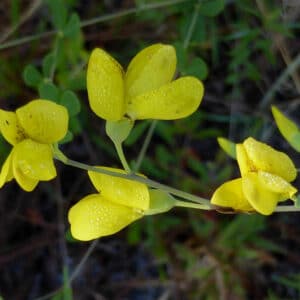
Asclepias syriaca, or Common Milkweed, is essential for the survival of monarch butterflies, serving as the primary host plant for their larvae.
This robust perennial thrives in full sun and well-drained soils, featuring clusters of fragrant, pinkish-purple flowers that bloom from late spring to midsummer. Not only does it attract monarchs, but it also invites a variety of pollinators with its nectar-rich flowers.
Easy to grow and maintain, Common Milkweed is perfect for wildflower meadows, naturalized areas, and pollinator gardens, enhancing biodiversity and adding vibrant beauty to any outdoor space.
$12.99 – $129.99
Please note: Sizes 1.5 Gallon and up can’t be shipped outside the counties of Nassau, Suffolk, Brooklyn, and Queens.
Learn more about how the process works and how our plants are delivered.


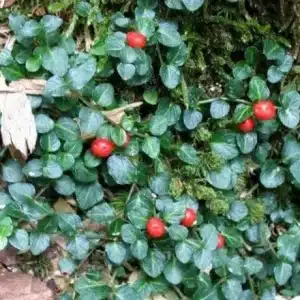
| Size | |
|---|---|
| Type | |
| Family | |
| Native? | |
| Height Range (ft.) | 3.00 to 6.00 |
| Spread (ft.) | 1.50 to 3.00 |
| Bloom Time | |
| Bloom Description | Fragrant, large, rounded clusters, star-shaped flowers |
| Sun | |
| Water | |
| Maintenance | |
| Suggested Use | Meadows, native plant gardens, naturalized areas, Pollinator Garden |
| Growth Rate | |
| Attracts |
Embrace the beauty and ecological importance of Asclepias syriaca, commonly known as Common Milkweed. This native perennial is not just a garden plant; it’s a vital part of the monarch butterfly’s lifecycle, providing the only food source for their caterpillars. With its striking pinkish-purple blooms, Common Milkweed adds a splash of color to the landscape while playing a critical role in sustaining butterfly populations.
Common Milkweed is ideally suited for wildflower gardens, meadows, and borders where its height (up to 6 feet) and spread can complement other native perennials. It’s also an excellent choice for rewilding projects and conservation landscapes where ecological benefits are prioritized.
By incorporating Asclepias syriaca into your landscape, you’re not only adding visual interest but also playing a vital role in supporting local wildlife. Common Milkweed’s ability to attract a variety of pollinators and serve as a host plant for monarch butterflies makes it indispensable for ecological gardening and biodiversity conservation efforts.
Plant Asclepias syriaca in your garden to enjoy the dual benefits of enhancing the beauty of your outdoor space and contributing to the preservation of vital butterfly populations and other wildlife. It’s a natural choice for any gardener looking to make a positive impact on the environment.
/5
Total reviews
|
|
Persons recommended this product
Anonymous
Shopper
check_circle Verified
Shop owner replied
Was this helpful
Anonymous
Shopper
check_circle Verified
Shop owner replied
Was this helpful
Your feedback helps us improve our service.
There are no reviews yet.
Be the first to review “ ”
Please log in to submit a review.
Only logged in customers who have purchased this product may leave a review
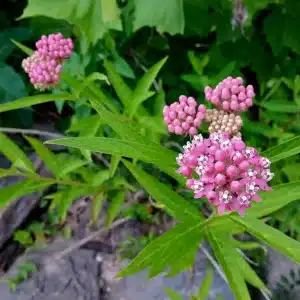
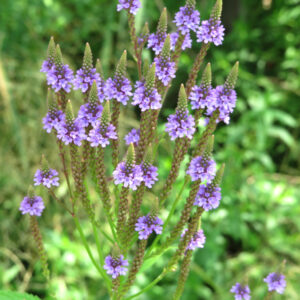
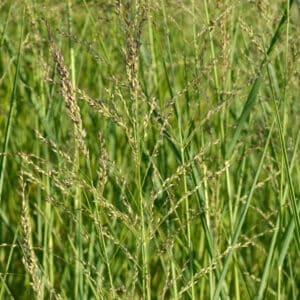
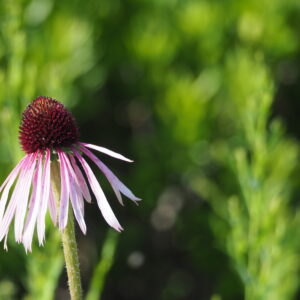
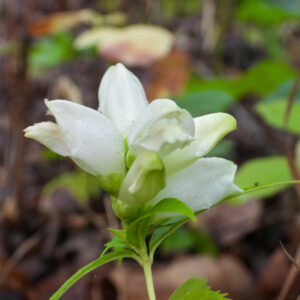
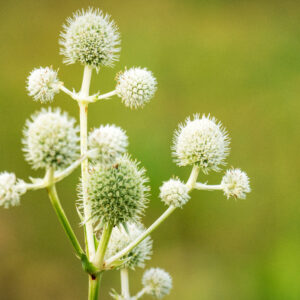
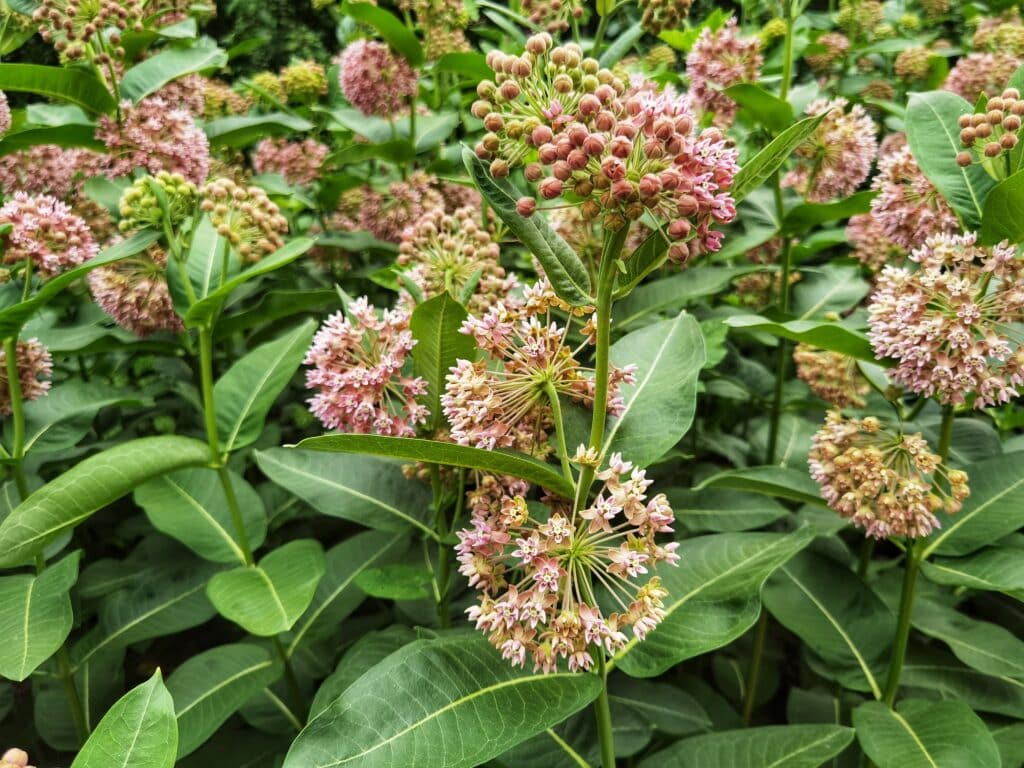
Common Milkweed thrives in full sun and well-draining soil. It’s extremely adaptable—growing well in poor, dry soils, but also tolerates loamy or even clay-heavy soil. Once established, it’s very drought-tolerant and perfect for naturalized meadows or pollinator gardens.
Absolutely. Asclepias syriaca is a critical host plant for Monarch butterfly caterpillars, and its large clusters of fragrant pink flowers are a nectar source for a wide variety of bees, butterflies, and other beneficial insects. It’s a foundational plant for any native or wildlife garden.
Common Milkweed spreads by underground rhizomes, so it can form colonies over time. While this makes it excellent for large spaces or restoration projects, it can be a bit aggressive in small, highly managed gardens. If spreading is a concern, consider planting it in containers or using root barriers.
It typically blooms from June to August, producing large, spherical clusters of soft pink to purplish flowers. The blooms are fragrant and are followed by elongated seed pods that release silky seeds in late summer to fall.
You can plant Asclepias syriaca in spring after your last frost, or in fall before the ground freezes. Germination from seed can be slow and may require cold stratification, but once established, it’s long-lived and spreads readily. Container-grown plugs (like what we ship at Bumbee’s) usually establish more quickly in the landscape.
Our gift cards make it easy to share the beauty of plants, flowers, and all things green. Whether for a special occasion or just because, give the gift of choice and let them select their favorites to create a garden they’ll cherish.
BUYING HIGH QUALITY PLANTS HAS NEVER BEEN EASIER
Our plants are easy to order, plant, and enjoy! Bringing pollinators to your property improves vegetable yields – Feed the bees!
Sign up for our email list!
Copyright © 2025 Bumbee’s | Web design and SEO by Searles Graphics